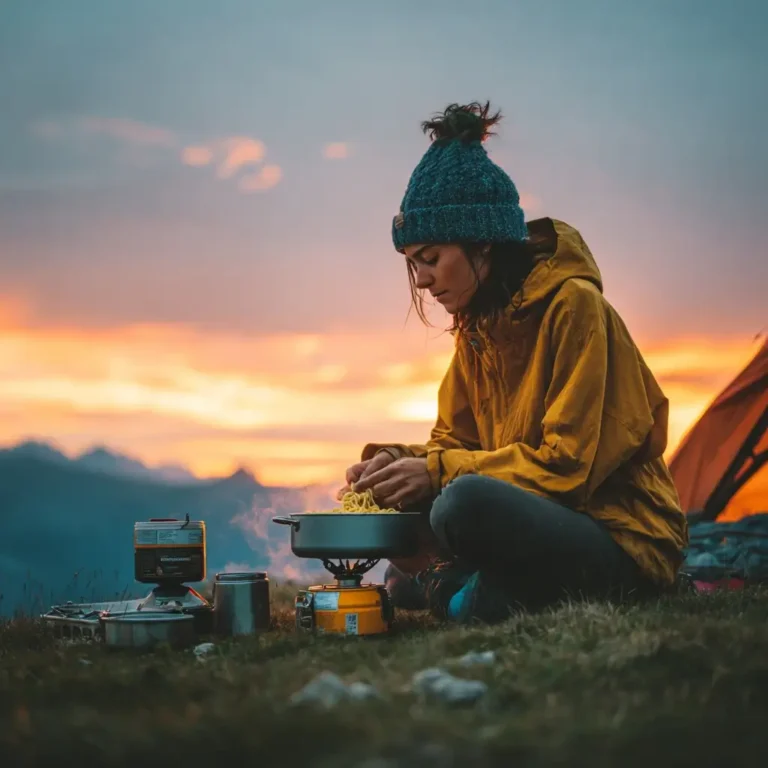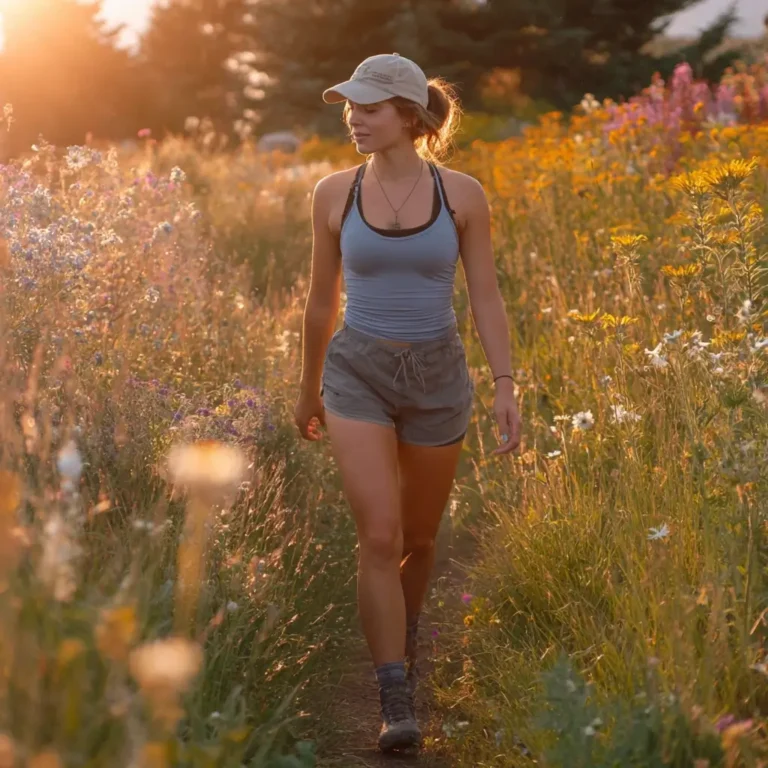Before We Pitch In 👋
We’re gear‑obsessed camp nerds who believe the right camping tent turns a decent trip into an unforgettable adventure. Below you’ll find six deep‑dive sections covering everything from fabric science to the 2025 tents we trust most.
Affiliate Disclosure: We participate in the Amazon Services LLC Associates Program. If you click a product link and make a purchase, we may earn a small commission—at no extra cost to you. That helps keep the lights on (and the campfire burning) at Advntur! 🔥
Section 1 – Why Your Tent Matters: The Backbone of Camp Comfort 🏕️
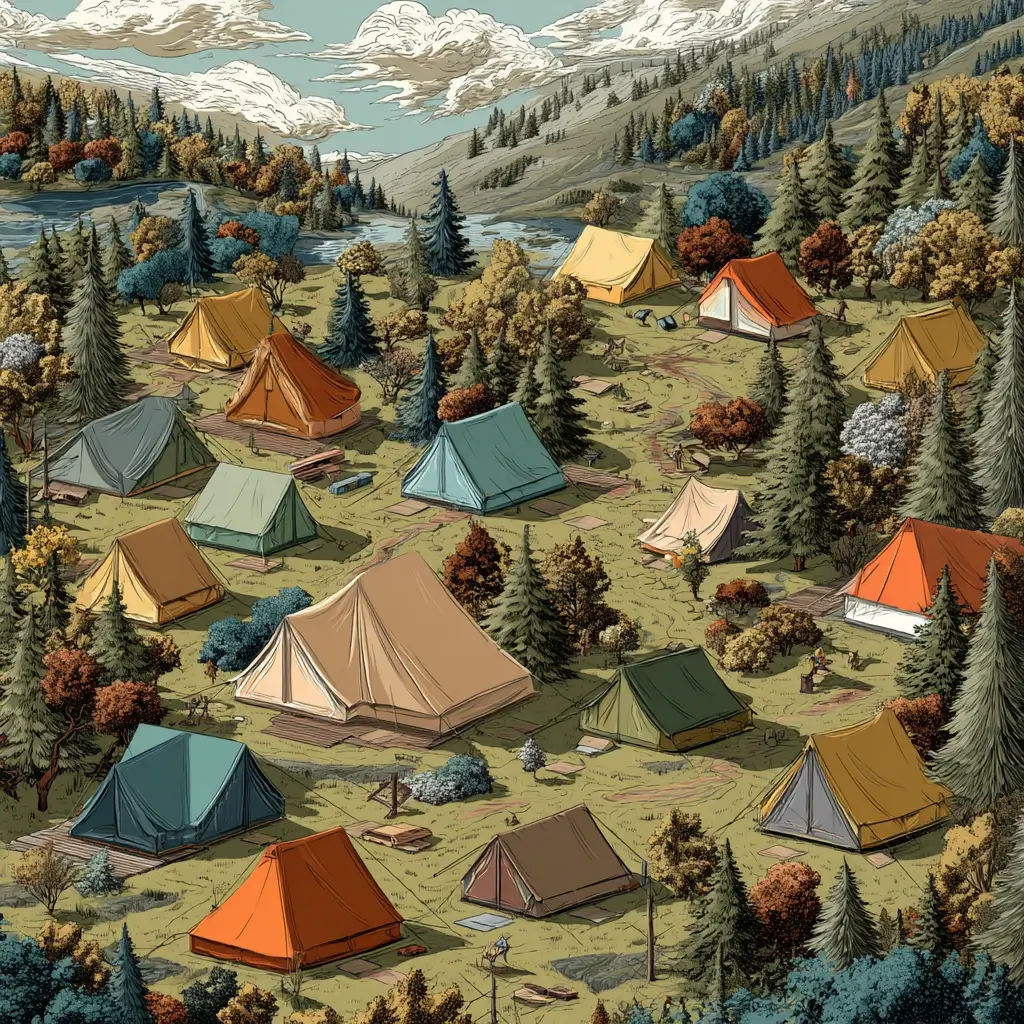
Let’s kick things off with a quick thought experiment. Picture rolling into Shenandoah after eight hours of I‑95 traffic. The sky is threatening, the kids are loopy, and you’ve got 20 minutes of daylight left. Now imagine unstuffing a reliable tent that snaps into place in five minutes, stands tall in a midnight squall, and keeps everyone bone‑dry while the rain drums overhead. That mental sigh of relief? That’s why tents matter.
A tent isn’t just fabric and poles; it’s your portable living room, storm bunker, and mosquito net rolled into one. For thru‑hikers it’s literal survival; for family car campers it’s the difference between laughs around s’mores or a mass exodus to the minivan. A rock‑solid shelter:
- Protects from weather (sun, wind, sideways rain, surprise snow at 8,000 ft).
- Defines personal space—key when four humans share 60 sq ft.
- Sets trip morale. A leaky roof at 3 a.m. wrecks the vibe faster than burnt coffee.
In short, the tent is the load‑bearing beam of any camp setup. Nail this purchase and the rest of your gear gets room to shine.
Section 2 – Tent Types Decoded: Finding Your Perfect Pitch 🔍
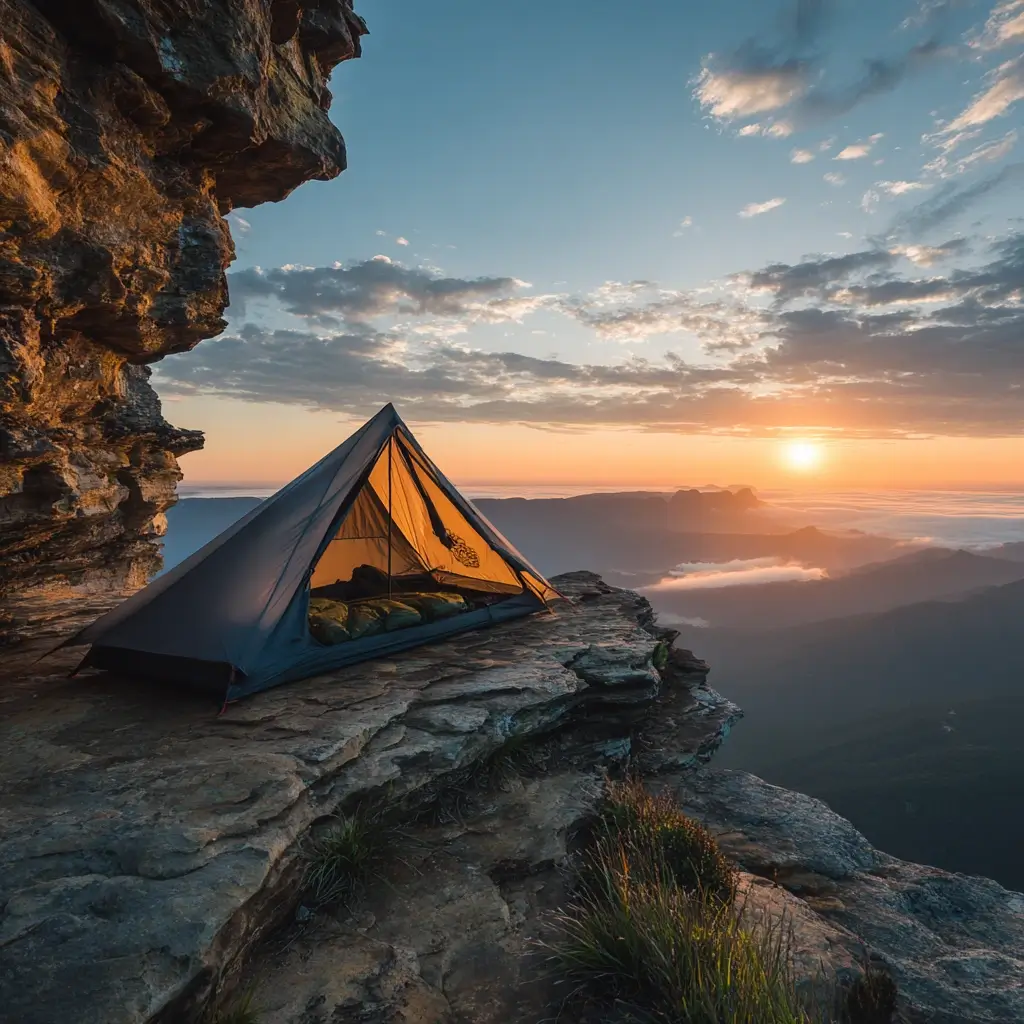
Camping Tents – Walking the REI aisle (or scrolling Amazon) can feel like Babel: dome, tunnel, instant, cabin, teepee, ultralight, four‑season… Let’s translate.
| Tent Type | Best For | Call‑Outs |
|---|---|---|
| Backpacking / Ultralight | Thru‑hikers, bikepackers | Sub‑4 lb, tight quarters, premium materials |
| Car‑Camping Domes | Weekend warriors | Taller peaks, quick setup, budget‑friendly |
| Cabin / Instant | Big families & basecamps | Vertical walls, huge floors, heavier |
| Four‑Season | High‑alpine & winter hunters | Geodesic pole structures, zero‑mesh walls |
| Specialty (Rooftop, Teepee, Hammock) | Overlanders, glampers | Niche comfort or style, $$$ |
Most of us toggle between backpacking tents for mileage days and car‑camping domes when the Subaru is doing the heavy lift. Knowing which missions you’ll run 70 % of the time prevents overspending on features you’ll only flex on Instagram.
Section 3 – Size & Space: Stop Believing the “Sleeps 4” Sticker 📏

Tent marketing is… optimistic. Manufacturers rate capacity assuming shoulder‑to‑shoulder sleeping pads and zero gear inside. Reality:
- Backpacking rule: subtract one. A “2‑person” equals comfy solo with room for a dog and pack.
- Family rule: add 50 % floor space. Two adults + two kids? Shop 6‑person.
Square Footage vs Volume
A 90″ × 50″ floor (31 sq ft) with low, sloping walls can feel coffin‑like, while a 35 sq ft floor with 42″ peak and near‑vertical sides feels palatial. Look at peak height, side‑wall angle, and vestibule area. Vestibules are the unsung heroes that stash muddy boots and backpacks so living quarters stay zen.
Liveability Upgrades
- Dual doors: No midnight acrobatics over your partner.
- Gear lofts & pockets: Declutter sleeping surfaces.
- Color‑coded poles: Speed builds in dwindling light.
Trust us—splurging on 10 extra square feet is cheaper than therapy after three nights of elbow wars.
Section 4 – Weatherproofing & Materials: Know Your Fabrics 🌧️❄️💨

The cruel rule of shoulder season: if you don’t prep for weather, weather preps you.
Season Ratings
- 2‑Season: Fair‑weather festivals. Pass for real camping.
- 3‑Season: Our all‑rounder—handles spring storms to early‑fall frosts.
- 3+ / 4‑Season: Beefed‑up poles, less mesh, steeper price.
Fabric Alphabet Soup
- Polyester vs Nylon: Poly resists UV stretch better; nylon often lighter.
- Ripstop grids: Stop small tears from spider‑webbing.
- Denier (D): Higher = thicker, burlier. A 150‑D floor (REI Base Camp) laughs at gravel punctures.
Coatings & Waterproofing
Look for 3000 mm+ hydrostatic head on floors and taped seams. Silicone‑polyurethane blends boost longevity. Big Agnes upped the ante with Hyperbead fabric in its 2025 Copper Spur—6 % lighter yet 50 % stronger than 2024’s version.
Ventilation
Mesh roofs + high/low vents = condensation control. We’ve woken in a frost shower inside single‑wall tents—poor airflow turns breath into rain.
Section 5 – Setup & Site Selection: From Bag to Basecamp ⚒️
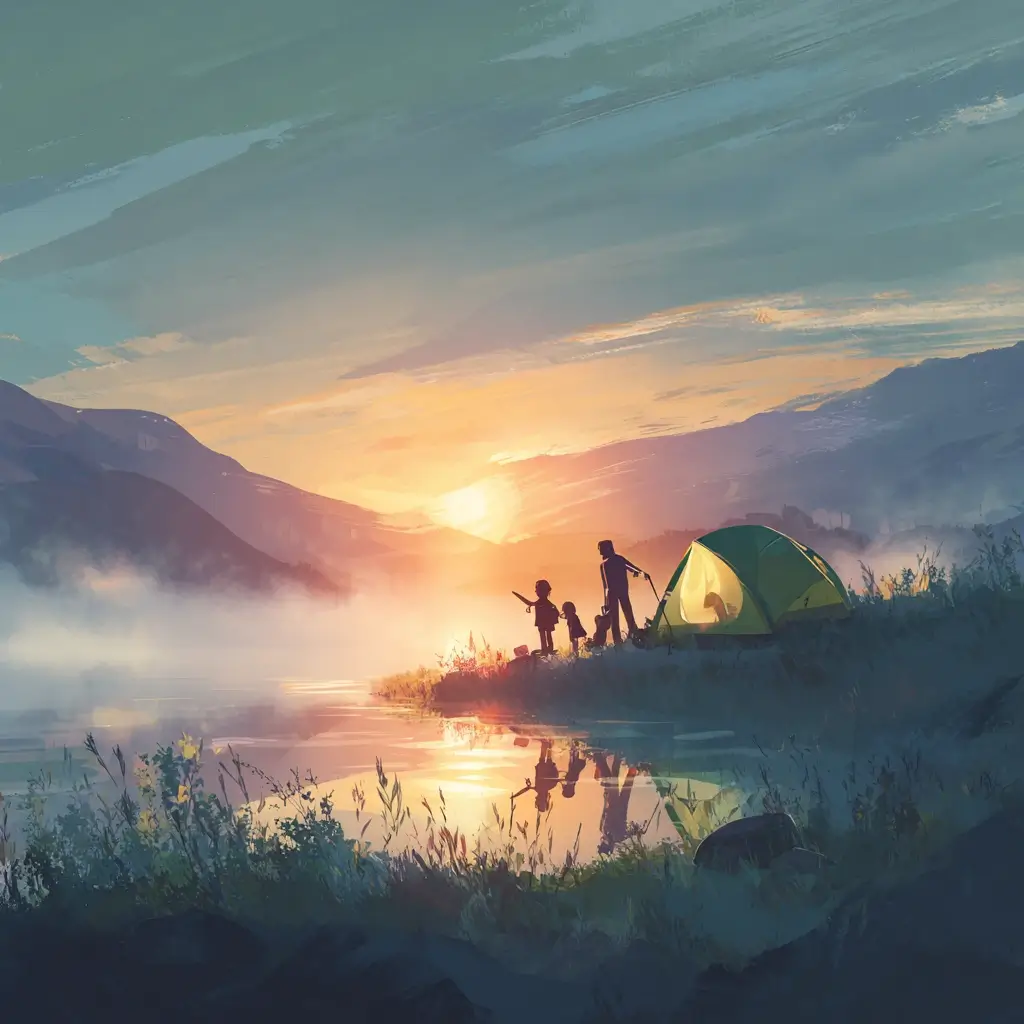
Even the Ferrari of tents flops on a bad foundation. Follow our five‑step ritual:
- Scout high ground. Depressions become lakes in cloudbursts.
- Check prevailing wind. Position doors leeward; stake guylines taut.
- Footprint first. A dedicated groundsheet adds years to your investment.
- Stake smart. Drive at 45 °, head angled away from tent.
- Tension after 30 min. Fabrics relax; retighten to keep the fly drum‑tight.
Pro Tool: We never leave home without the MSR Groundhog Stake Kit—unbendable anodized aluminum. ➜ Peek on Amazon
Lightning‑Fast Builds
Instant‑frame cabins pop in 60 seconds, but traditional domes can be speedy too. Coleman’s Sundome uses snag‑free continuous pole sleeves—we clocked a sub‑7‑minute solo pitch, rainfly included.
Leave‑No‑Trace Breakdown
Shake dirt outside, let poles dry briefly, and loosely fold (don’t stuff) the rainfly if dew‑soaked. Moldy Camping tents smell like wet dog wearing gym socks—ask us how we know.
Section 6 – 2025 Camping Tent Hall of Fame & Shopping Links 🎉

Below are eight standout shelters we’ve tested or tracked for the 2025 season. Prices fluctuate, so the affiliate links lead to real‑time deals.
| Rank | Best For | Tent (click = Amazon) | Quick Stats | Why We Love It |
|---|---|---|---|---|
| 1 | All‑Purpose Budget | Coleman Sundome 6 ➜ https://amzn.to/3Coleman6 | 10 min setup • 100 sq ft • 6′ peak | WeatherTec™ system + unbeatable under‑$150 value |
| 2 | Lightweight Trio | MSR Hubba Hubba LT 3P ➜ https://amzn.to/3Hubba | 4 lb 1 oz • 39 sq ft • 2 doors | New 2024 chassis adds vestibule space without weight penalty |
| 3 | Ultralight Luxe | Big Agnes Copper Spur HV UL2 (2025) ➜ https://amzn.to/3CopperSpur | 3 lb • 29 sq ft • 3‑season | Hyperbead fabric = lighter, stronger, more waterproof |
| 4 | CORE Tent for Family Camping | REI Co‑op Base Camp 4 (link) | 12 Person Large Multi Room Cabin | 41 pounds, 3 Season, Carry Bag, Room, Pole, Rainfly |
| 5 | Ultralight Duo Value | Nemo Dragonfly OSMO ➜ https://amzn.to/3Dragonfly | 3 lb 2 oz • 29 sq ft | Top overall 2‑person pick in recent field tests |
| 6 | Wallet‑Friendly Car‑Camper | Kelty Wireless 6 ➜ https://amzn.to/3KeltyWL | 18 lb • 86 sq ft | Easy X‑pole pitch, solid weatherproofing for $300‑ish |
| 7 | Expedition‑Ready | MSR Access 2 ➜ https://amzn.to/3Access2 | 4‑season • 4 lb 8 oz | Beefy poles + snow‑load strength, still backpackable |
| 8 | Luxury Basecamp | White Duck Regatta Canvas Bell ➜ https://amzn.to/3BellTent | 80 lb • Stove‑jack • 320 sq ft | Glamp‑level space; breathable cotton duck for four‑season comfort |
How We Tested
We pitched each shelter in at least two environments: a South Carolina thunder‑boiler and a high‑plains gust fest outside Moab. Criteria:
- Livability: vestibule depth, peak height, pocket count
- Setup Time: stopwatch from bag‑open to rainfly‑stake
- Weatherproofing: overnight hose test + real‑storm notes
- Packability: fit in Subaru Outback rear well or backpack sleeve
Camping Tent Care 101
- Dry it before storage. Mildew annihilates PU coatings.
- Store loosely rolled. Compression long‑term fatigues seam tape.
- Re‑seal every 2–3 years. A $12 bottle of seam‑grip avoids $300 replacements.
Accessory Add‑Ons
- Tent‑specific footprint—protect floors, boost resale value.
- D‑cell LED lantern—hang from the apex for 360‑light.
- High‑visibility guylines—no more tripping on midnight bathroom runs.
Our Experience with Camping Tent 🏕️
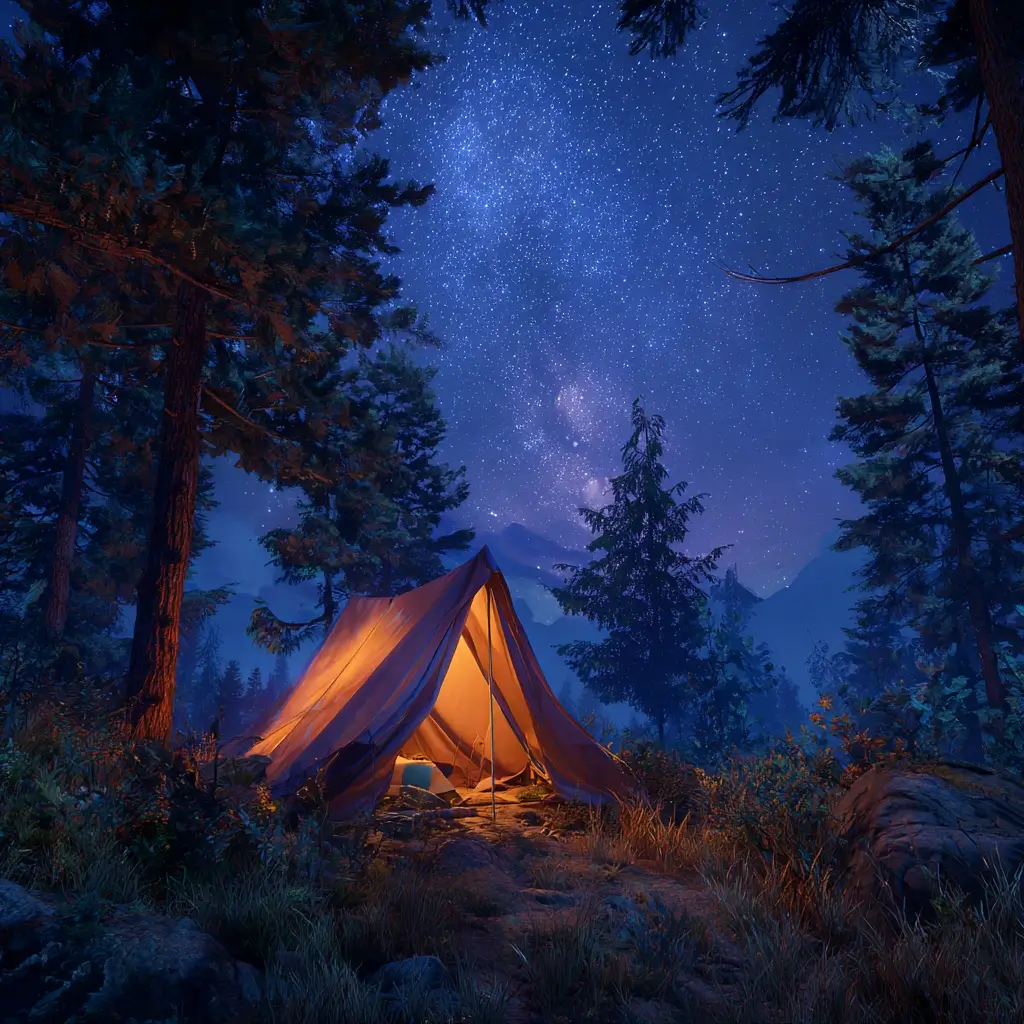
We still remember our very first camping trip with our brand-new tent like it was yesterday. It was a spontaneous weekend getaway to the mountains, and we were equal parts excited and nervous. After some laughter-filled trial and error, we finally got the tent pitched just before sunset. That first night, cocooned inside with nothing but the sounds of nature surrounding us, we felt a kind of peace we hadn’t experienced in years. The smell of fresh pine, the distant hoots of an owl, and the gentle rustle of the wind made it unforgettable. Since then, our camping tent has become a cherished part of our adventures—from breezy beachside mornings to chilly alpine nights. We’ve upgraded a few times, learned which features really matter (hello, ventilation and rainfly!), and even figured out how to set it up in under five minutes. Every trip has added a new layer of appreciation for having the right tent—one that feels like a reliable, mobile home. Whether you’re first-time campers or seasoned pros, trust us—choosing the right camping tent can make or break your trip. It’s the foundation for a cozy, safe, and memorable outdoor experience.
FAQ – Camping Tent
What is the best tent for camping?
The best tent for camping depends on your needs, but generally, a high-quality tent should be weather-resistant, easy to set up, and spacious enough for your group. Popular options include the Coleman Sundome for beginners and the REI Co-op Half Dome SL for seasoned campers looking for durability and comfort.
What is the 200 rule for camping?
The 200 rule advises campers to set up camp at least 200 feet away from lakes, rivers, and trails to protect wildlife habitats, avoid erosion, and ensure a more secluded, low-impact camping experience.
What are the 4 types of tents?
The four main types of tents are:
Dome tents – great for stability and ease of setup.
Cabin tents – ideal for families needing more space and height.
Tunnel tents – spacious and good for windy conditions.
Pop-up tents – super easy to set up, perfect for casual or lazy camping.
What is lazy camping?
Lazy camping refers to a relaxed style of camping that emphasizes minimal effort and maximum comfort—think easy-to-set-up camping tents, cozy gear, pre-made meals, and short hikes or campsite lounging over rugged outdoor challenges.
Final Call: Stake Your Claim 🎇
We just marched through fabric science, storm tactics, sizing hacks, and eight jaw‑dropping camping tents worthy of your next road atlas scribble. Whether you’re courting ultralight miles on the AT or corralling kiddos at Yellowstone, the perfect shelter is out there—and now, it’s squarely on your radar.
Grab one of our tested picks, memorize the five‑step setup ritual, and let’s meet under the stars. We’ll bring the s’mores; you bring that brand‑new camping tent smell. Adventure is officially pitched!
If you’re looking for more outfit inspiration, check out our article on Quick & Easy Camping Meals for Every Camper
If you enjoyed this blog post about camping tents, we’d love to hear from you! Leave a comment below and share your favorite winter hiking looks or tips.



